Copyright 2010 by John Evans. All rights reserved. No portion of this book, except for brief review, may be reproduced, stored in a retrieval system, or transmitted in any form or by any meanselectronic, mechanical, photocopying, recording, or otherwisewithout written permission of the publisher. For information contact Blue Snake Books c/o North Atlantic Books.
Published by Blue Snake Books
Blue Snake Books publications are distributed by
North Atlantic Books
P.O. Box 12327
Berkeley, California 94704
An earlier version of chapter 2 appeared in the Shudokan Martial Arts Association Journal 13, no. 4 (December 2008), and an earlier version of the introduction appeared in the Shudokan Martial Arts Association Journal 15, no. 4 (September 2010); both are reprinted here by permission.
Cover photo by Coneyl Jay
Cover and book design by Brad Greene
Kurikara: The Sword and the Serpent is sponsored by the Society for the Study of Native Arts and Sciences, a nonprofit educational corporation whose goals are to develop an educational and cross-cultural perspective linking various scientific, social, and artistic fields; to nurture a holistic view of arts, sciences, humanities, and healing; and to publish and distribute literature on the relationship of mind, body, and nature.
North Atlantic Books publications are available through most bookstores. For further information, call 800-733-3000 or visit our websites at www.northatlanticbooks.com. and www.bluesnakebooks.com.
Library of Congress Cataloging-in-Publication Data
Evans, John Maki, 1954
Kurikara: the sword and the serpent, the eightfold way of the Japanese sword
/ John Maki Evans.
p. cm.
eISBN: 978-1-58394-428-8
1. SwordplayJapan. 2. Hand-to-hand fighting, OrientalJapan. I. Title.
GV1150.E83 2010
796.86dc22
2010023102
v3.1
To my mother and father.
To my teachers Reverend Herbert Slade, Murata Fushi Sensei, Nakamura Taisaburo Sensei, and Natanaga Zhander.
To my wife, Karen.

PLEASE NOTE: The creators and publishers of this book are not and will not be responsible, in any way whatsoever, for any improper use made by anyone of the information contained in this book. All use of the aforementioned information must be made in accordance with what is permitted by law, and any damage liable to be caused as a result thereof will be the exclusive responsibility of the user. In addition, he or she must adhere strictly to the safety rules contained in the book, both in training and in actual implementation of the information presented herein. This book is intended for use in conjunction with ongoing lessons and personal training with an authorized expert. It is not a substitute for formal training. It is the sole responsibility of every person planning to train in the techniques described in this book to consult a licensed physician in order to obtain complete medical information on his or her personal ability and limitations. The instructions and advice printed in this book are not in any way intended as a substitute for medical, mental, or emotional counseling with a licensed physician or health-care provider.
Contents
Acknowledgments
Japanese Language
Yoko Hirose, Steven Forth, Yoshitaka Nomura, Toshimasa Okuya
Translations of Nakamura Taisaburo
Guy Power and Takako Funaya
Japanese Sword-Making
Paul Martin
Traditional Japanese Medicine
Christopher Osborne
Photography
by Motohira Shimpo
provided by John Evans
by William Edwards
by Dave Edwards
by Coneyl Jay and Richard Clark
All other photographs by Coneyl Jay
Special thanks to Coneyl Jay for arrangement and post-production of all photographs
Kurikara Logo
Taiyo Nagano at Tamassy Creative Ltd.
Foreword
Underlying all authentic internal systems is a clear sequence of steps for the forging of power. These stages are defined by rules of conduct. Without knowledge of these rules and stages, the cultivation of internal energies is not possible. In the modern world these rules of conduct are upheld in just a few traditional schools that permit entry only to serious students. Testing and initiation is required at every step since each stage requires different rules, tools, and practices.
Although the number of steps varies according to school and discipline, the basic pattern is universal. Yoga defines eight stages. In the first stage initiates are given practices that, once mastered, allow them to be at ease in all kinds of conditions without agitation. In stages two and three, training is focused on the development and adaptation of rhythm and coordination, by which natural patterns are discovered. In the fourth stage different sounds are introduced to force the energy through the centres of the inner body. The resonance of subtle sounds from within in response to this indicates that the inner powers are releasing from their previous frozen state. This response confirms that the preparatory training has been completed and also elicits the fifth stage, in which mental salutations are introduced in reverence to the higher powers.
The sixth stage involves the manipulation of the respiratory functions, by which inhalation and exhalation are increasingly lengthened and finally suspended. In the seventh stage, the repetition of mental prayers is used during the time of this suspension. It is at this stage that the inner vital power takes over and fixed rules of training end. Stage eight is the most difficult, since all that has been achieved must be offered as a sacrificial gift to the great lord of all beings. Here the student, with senses withdrawn in concentration, offers himself with physical, verbal, and mental acts and stands as a servant stands with gifts before his master. From this moment onward everything that needs to be done is carried out spontaneously, without interference from the mind, senses, or personality. This is the state of freedom.
This book thoroughly explains these same principles, rules of conduct, and stages within the art of Japanese swordsmanship. Those of rare intuition and those who have been well schooled may, through careful reading and persistent application, arrive at an understanding of their own innate spontaneous nature. Others will require the guidance of a living teacher to turn these words into skillful action.
N ATANAGA Z HANDER (S HANDOR R EMETE )
J UNE 10, 2010
Introduction
Shugyo
 shu: study, cultivate, master, complete
shu: study, cultivate, master, complete
 gyo: occupation, profession, service, karma
gyo: occupation, profession, service, karma
 gyo: going, journey, religious austerities
gyo: going, journey, religious austerities
Shugyo refers to a disciplined course of training. Like many Japanese words, variants have arisen that employ different characters to express nuances of meaning. When shugyo leads to mastery of a professiona clear and honorable goalit is written 








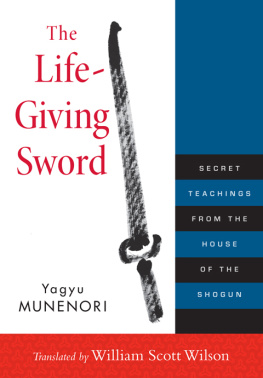

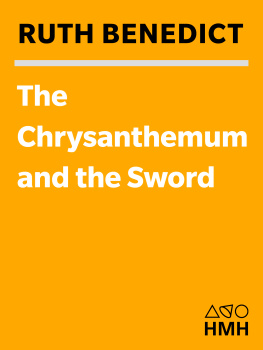
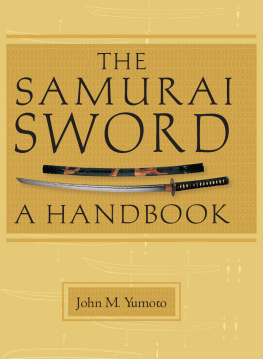

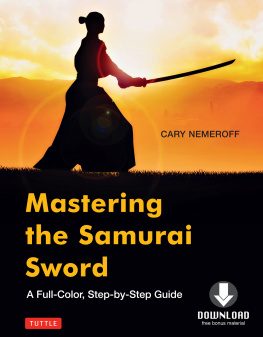


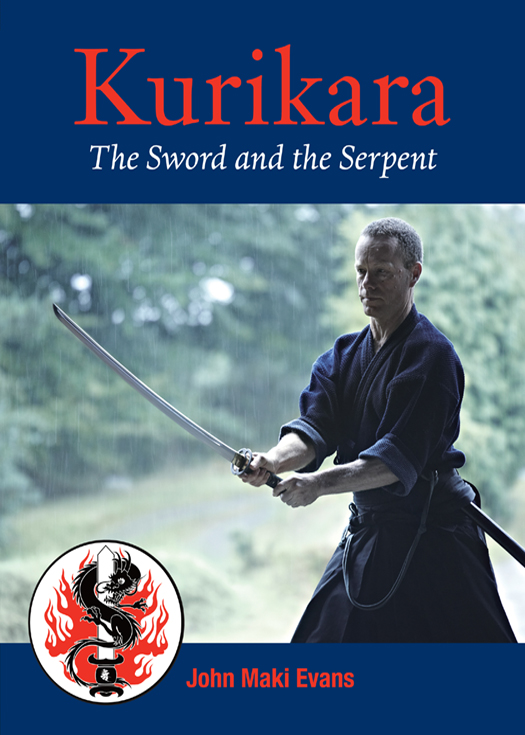
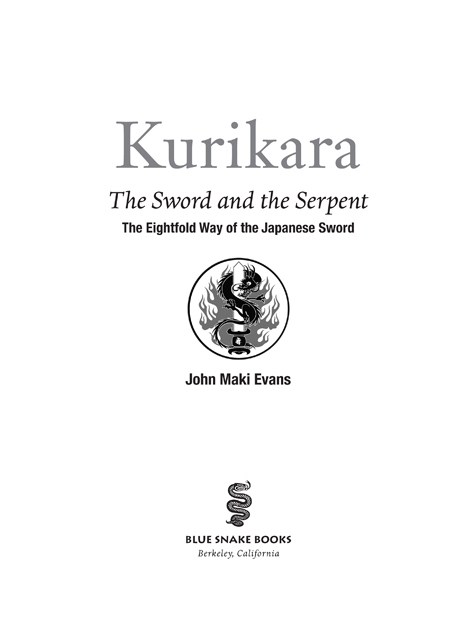

 shu: study, cultivate, master, complete
shu: study, cultivate, master, complete gyo: occupation, profession, service, karma
gyo: occupation, profession, service, karma gyo: going, journey, religious austerities
gyo: going, journey, religious austerities